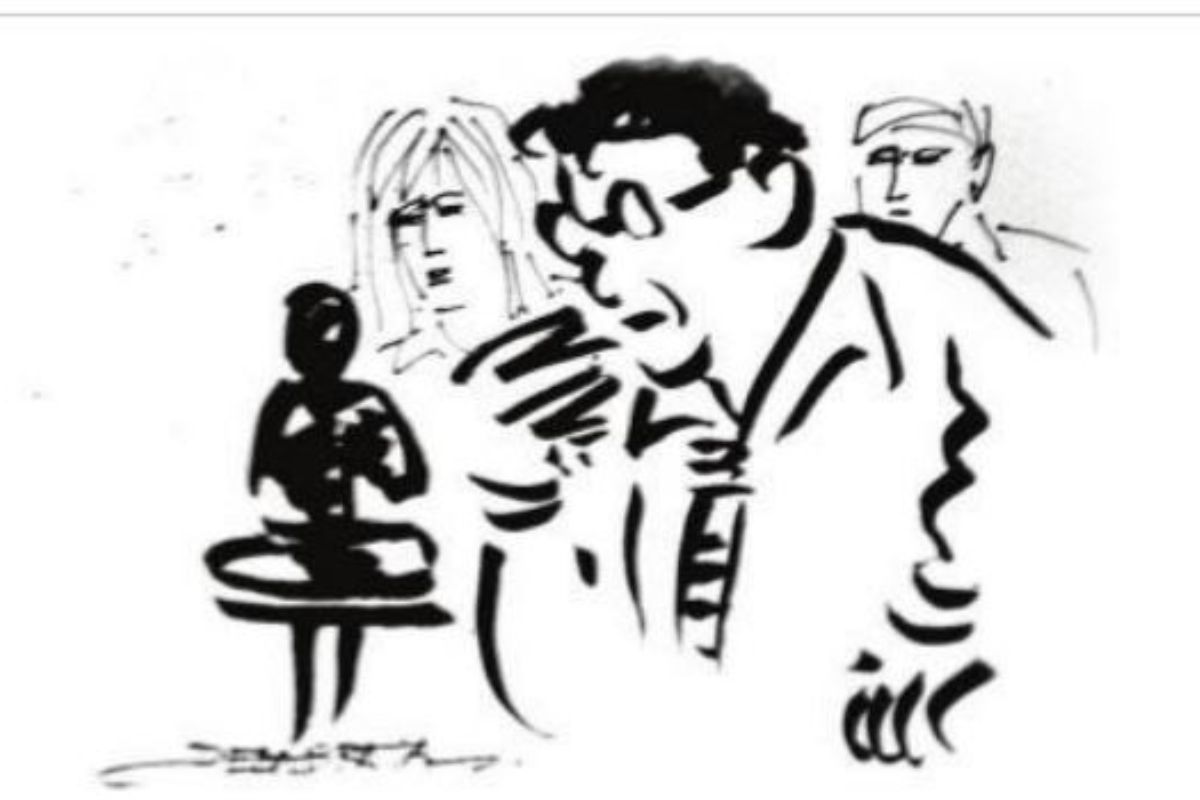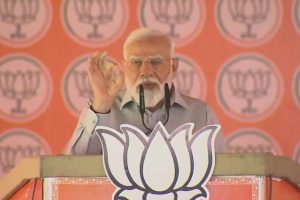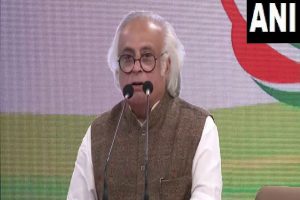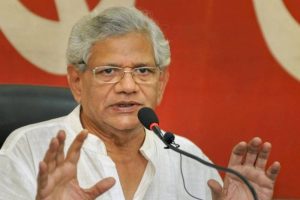I am an absentminded man and I often lose things. I travel frequently which makes matters worse. It is hard to remember where you put down your glasses in an airport or which overhead bin in the plane contains your cardigan. As I move my residence from country to country, time and again, I am at the mercy of packers who bundle my stuff and put it in nameless brown boxes and forward them to unknown shores.
Frankly, I don’t care much about the loss of a pair of Ray-Ban glasses or a Marks and Spencer cardigan. I doubt I will sing a dirge even if I lose an overstuffed suitcase. The one loss I still rue and cannot get over is a curiously small, heavy brass object that meant a lot to me.
Let me tell you why.
She was a brilliant sculptor, and I was a callow youth.
I had just come out of university and started working for an international company. Which meant I had graduated from a feckless, moneyless student to a low-level executive with a salary. She was an exceptionally talented artist, slowly gaining a reputation but yet to reach stardom.
She was holding a modest exhibition in a modest little hall where a young journalist friend had taken me only because he was asked to write about it. He cared little about sculpture and less about the plainly dressed sculptor who stood modestly and silently next to the entrance. He took a cursory look at the pieces, spoke briefly with the sculptor and quickly departed, grabbing a copy of the brochure.
I was no expert, but I stayed behind to see the exhibits closely. Even a glance had told me they were different and intriguing and worth some attention. I went to each piece and looked at it from different angles. To me, they were bold and beautiful. They didn’t try to be pretty and artistic; they were vigorous, straightforward and, to my mind, unspeakably powerful. I was impressed.
When I turned from the last exhibit, I turned and saw the sculptor eyeing me curiously. “You have been looking at these for quite a while,” she said. “Are you studying sculpture or are you also a journalist?” The latter supposition was no doubt because she had noticed me entering the company of my friend from the press.
I explained that I was a person of no importance, just somebody riveted by the power of what I had seen. Power? What did I mean by the word? What followed was a long conversation that ended when the exhibition closed, and we went for some tea. It began a curious friendship. She lived alone in a small apartment. She had been married briefly, but it hadn’t been a pleasant experience and she didn’t like to talk about it.
She had taught for a while and painted but had switched to sculptures, which she found more “expressive” of what she wanted to depict and decided to focus on her art to the exclusion of a secure job. She experimented with different media and finally settled on a new method of bronze casting, inspired by an ancient Indian casting technique. She said she found sculpture both stimulating and draining, and she sought relief by writing stories for children. I loved her warmth and candour and enjoyed hearing about her planned work.
When she once showed me some sketches of a small piece she planned to make, of a musician playing a traditional instrument, I told her I would love to buy it from her when she completed it. “I may not be able to start on it for another two or three months, for I have other pieces to complete,” she said. I said I was ready to wait and would check again after three months. I had to go out of town for work and, when I returned, I was ill for quite a while.
When I recovered, I went to see her. She visibly blanched when I asked about the sculpture of the musician. “You didn’t come for a long time. I thought you weren’t interested. Last week the Japanese consul came and wanted it eagerly. I am so sorry I sold it to him.” I was young and impetuous. I stood up and repeated with venom, “You sold it to the Japanese consul! How could you?” Then I opened the door and walked out. She stood at the top of the stairs and cried out plaintively, “Please don’t go away. Please come back.” I ignored her entreaty, raced down the steps and walked out.
The next day I returned home, late from work when I heard the bell ring. I opened the door and saw my friend. She held the brass musician in her hand. She said, “I begged the Japanese consul to give it back to me.” That piece of sculpture held the pride of place in my living room, just as the sculptor held a special place in my heart. When I went to the US, I refused to have it packed in case it got misplaced and carried it in my hand all the way from Kolkata to Washington, DC. I believed it to be the most beautiful thing in my house.
In the following years, my friend’s reputation skyrocketed, and her sculptures sold, I am told, at astronomical prices. I cherished the small piece of her work that I could see every day at close range. Then the unexpected and unsavoury happened. I had a new assignment. Somewhere, in the trans-shipment of my household effects from Washington to Miami in Florida and then to Port au Prince in Haiti, the sculpture was missing. It had disappeared. I checked and I searched. I never saw it again. I felt I had lost a part of me.











